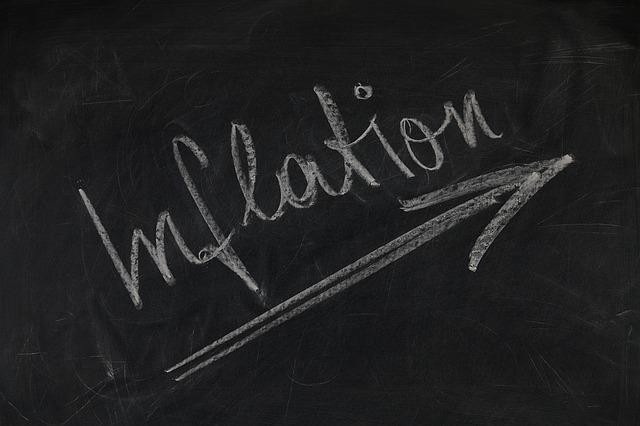Domino’s Pizza had a particularly strong year in 2020, thanks to the pandemic. Surging sales of its pizza helped the company generate $491 million in profits for the full year, or $12 for every share.
None of those profits, however, came from the process of delivering its pizzas to consumers—at least if you ask the company’s executives.
“In 60 years,” CFO Stuart Levy said on Thursday, “we’ve never made a dollar delivering a pizza. We make money on the product, but we don’t make money on the delivery.”
“So we’re just not sure how others do it,” he added.
Those “others” are the third-party delivery aggregators that have emerged in the past few years and have generated considerable enthusiasm from Wall Street investors who believe it represents the industry’s future.
This is not the first time Domino’s (or this blog, for that matter) has questioned the economics of such companies, and nor will it likely be the last. But the unique challenges of that business, and its potential to take over an appreciably significant chunk of the restaurant industry, not to mention Domino’s business, is dependent on those companies’ ability to generate long-term profits.
That remains an open question, even as third-party delivery companies’ sales have soared over the past year.
Generally, higher sales are more likely to yield profits as the higher volumes help efficiency. The aggregators, such as Grubhub, Uber Eats and DoorDash, have yet to report legitimate profits—though executives with such companies have continued to assure investors that day will come.
But Domino’s experience suggests that profitability is not so easy.
Domino’s may excel in the business of delivering food to consumers’ doors, but that business is just a means to an end. Its real goal is to sell more pizzas, which has far more profitability potential. Domino’s typically keeps its prices down on delivery in part to sell more of those pizzas. But if a company as data-driven and as experienced at delivery as Domino’s can’t make a profit off of that service, it makes us wonder whether anybody can.
At the moment, delivery companies and their most intense backers appear to be banking on the idea that consumers are willing to pay higher prices for that delivery. And while pizza is generally a value-oriented business, that’s not necessarily true for other things like chicken sandwiches or wings.
Yet consumers are already paying enormously high prices for these items to be delivered, both in the form of fees to delivery companies, tips to their drivers, and charges from restaurants that also pay high fees to aggregators. The premium is substantial.
The Restaurant Business editorial staff has in recent weeks tested chicken sandwiches from various fast-food concepts, with staff getting these items through a combination of pickup or delivery. Some editors were paying $15 or more for a single sandwich to be delivered. My cost to have Chick-fil-A delivered to my home was roughly the same cost as I paid to eat out at a local Mexican restaurant.
That’s been fine during a pandemic in which consumers had nothing else to spend their money on, were flush with stimulus cash and were afraid to leave the house. What happens when that market shifts back to a more normalized state? Many fast-food companies have raised their delivery prices over the past year, and it’s impossible to imagine them going back.
“They have to make their money somewhere,” Levy said. “And it’s either got to come from the restaurant, or it has to come from the customer.”
While many people will clearly be willing to pay this sort of premium for the convenience provided by delivery, many others will not. And they will adjust their restaurant use accordingly. Maybe they’ll go directly through the chain to order delivery. Or they’ll just hop in their own car.
As such, the volume that delivery companies hope to generate so they can reach that all-important profitability goal gets that much more difficult to attain.
None of this is to say that third-party delivery companies will go away—they won’t. As a rule, if customers demand a service, the market figures out how to provide it.
But something about the third-party delivery equation will have to change. Perhaps, like Domino’s, they find another service that’s more profitable and can be fueled by delivery demand. Or maybe expectations for the overall impact of third-party delivery need to be adjusted.
“We’re just not sure how it all plays out,” Levy said. “We think as long as we’re providing a great product with great service at a great value, we’ll let everything else shake out. We don’t know how long it will take.”



